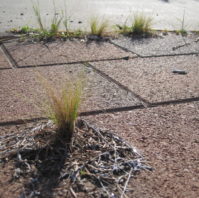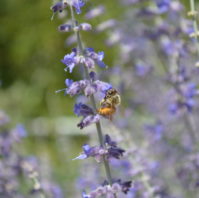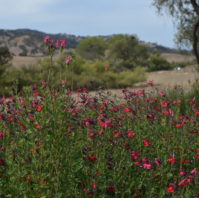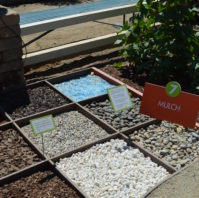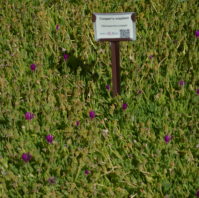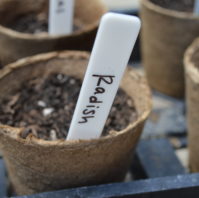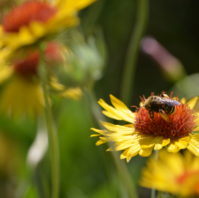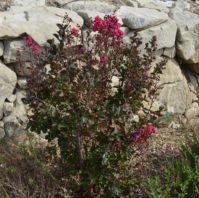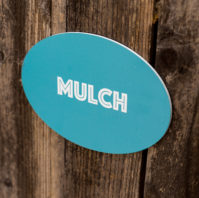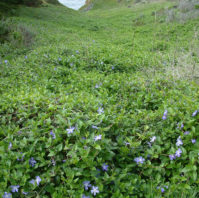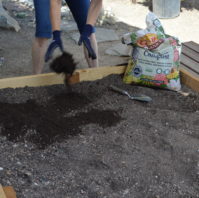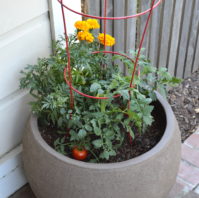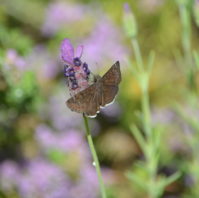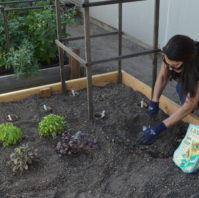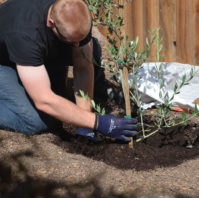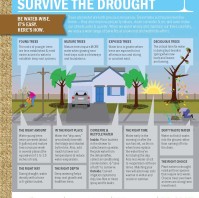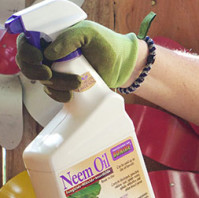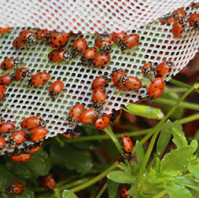Tackling the problem of invasive plants requires educating ourselves -- in recognizing invasive plants and taking steps to control them if they are already present. Whether someone planted them before, or they arrived by wind, water, or animals, it is important to take action as soon as possible - before they can do damage to infrastructure or wildlife.…
Read More
Gardening in California has no off-season. With a little planning and careful planting, you can make your garden a place where blooms are present year-round for your enjoyment and for the sustenance of bees, butterflies, birds and other pollinators.…
Read More
Making smart plant choices is one way that you can be a more water-wise gardener. Water-wise, or drought-tolerant, plants are ones that can thrive with little or no supplemental water once they are established. There are a variety of water-wise shrubs, perennials, trees, and grasses that are naturally suited to California’s Mediterranean environment. …
Read More
Mulch is the finishing touch for your garden and serves many purposes. It minimizes evaporation in the soil, suppresses weeds, moderates soil temperature, minimizes soil erosion, and gives flower and vegetable beds a tidy appearance. …
Read More
Choosing a grass or ground cover means weighing a number of factors, such as maintenance, durability, ease of installation, and in water-conscious California, water requirements are one factor that can never be overlooked. Look to low-water turfs, no-mow grasses, and other ground covers when you need to fill an expanse of flat ground with some low-growing greenery.…
Read More
If you enjoy harvesting fresh vegetables from your summer garden, here’s some good news: you can keep the bounty going all year long! In most parts of California, the climate is moderate enough to plant edibles in the cool season as well as in the warm months, and in the parts of the state where winters are cold and frosty, there are still tricks for extending the growing season.…
Read More
Your garden is a complex biological community that includes good bugs (pollinator and predators) and bad bugs (chewing and sucking insects that may also transmit diseases). Integrated pest management (IPM) is a process you can use to solve pest problems while minimizing risks to people and the environment. …
Read More
The term “microclimate” refers to the climate in a small, specific area that is different from the climate of the surrounding area. Even in your own garden you probably have more than one microclimate. For example, you may have found that some parts of your garden are windier, warmer, or more vulnerable to frost than other parts. …
Read More
Weed management is one of the challenges that every gardener has to deal with at times. Weeds can be introduced into your garden by many methods—on the wind, in the soil of transplants, by birds and other wildlife, to name a few.…
Read More
Invasive plants are introduced species that out-compete native plants and animals and once established, can degrade habitats, limit the available water supply, and increase the likelihood of fire and flood. Most non-native plants are safe to use, but sometimes while trying to make our gardens beautiful, we can unintentionally end up using an invasive plant. Thankfully these days you can know before you grow!…
Read More
Compost is black gold in the garden. Created naturally from decayed organic matter such as leaves, grass clippings, food waste, and manure, compost offers so many benefits to the soil and, consequently, to plants. It adds slowly released nutrients as well as beneficial microbes to the soil. It also improves the structure of soil and helps it to retain water. …
Read More
There’s no great mystery to growing tomatoes. Even a newbie gardener can grow a delicious crop without much effort. With a few extra steps, however, you can reap more bountiful and flavorful tomatoes with fewer problems.…
Read More
One of the biggest benefits of gardening is creating that point of contact between us and the creatures of the wild. Bees, butterflies, birds, frogs, lizards, and more—they add so much to our garden at the same time they find food, refuge, and nesting places there. Inviting wildlife into the garden helps to maintain a healthy, natural balance; provides interest and beauty; and offers unlimited teaching opportunities for children.…
Read More
Gardening in raised beds offers a solution to work around common obstacles in the garden such as poor soil, limited planting space, or issues with accessibility. There is almost no limit to what you can grow in them! Vegetables, fruits, and ornamentals can all thrive in a raised bed. Once your raised beds are built, you’ll reap the benefits they offer season after season.…
Read More
There are numerous advantages to growing native plants in your garden. They offer food and shelter to wildlife and help to maintain delicate ecosystems. You can find native plants that are hardy in any of California’s wide range of climates and are well adapted to surviving and thriving with native soils, pollinators, and pests.…
Read More
Trees are not only beautiful; they also add to the value of your property, aid in energy savings and clean the air. But this is only true if you match the right tree to the right place. Choosing the wrong type or size of tree and planting in a location where it can interfere with or damage structures or infrastructure is a sure way to create a long-term problem. …
Read More
Trees and water are both precious resources. Trees make our houses feel like home-- they also clean our water & air, provide shade which reduces energy usage, improve property values and even make our streets safer & quieter. When we water wisely and maintain our trees carefully, we enjoy a wide range of benefits at a low cost and with little effort. …
Read More
Particularly in California, where water is such a precious resource, it’s important for gardeners to utilize proper irrigation. By watering only when you need to and only as much as your plants require, you can reduce water usage by around 25%…
Read More
Good soil is the foundation of any garden. Investing in and caring for your soil properly is one of the best things you can do for the overall health of your plants.…
Read More
If you are ready to take your gardening to the next level, it is time to get serious about fertilizer. There are a lot of options but once you understand the basics, it really is very simple to get started. …
Read More
Gardening is both an art and a science. It takes time, experimentation, and education to master a green thumb.…
Read More
It’s important to stay on top of pests, fungus, and weeds before they become unmanageable and threaten the health of your plants.…
Read More
As long as you account for drainage, almost anything can be used as a planter. …
Read More
